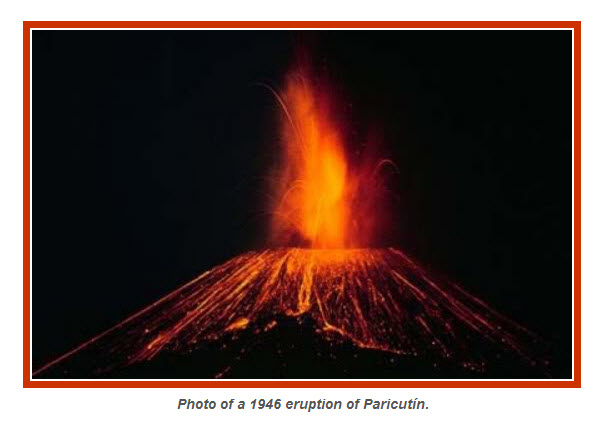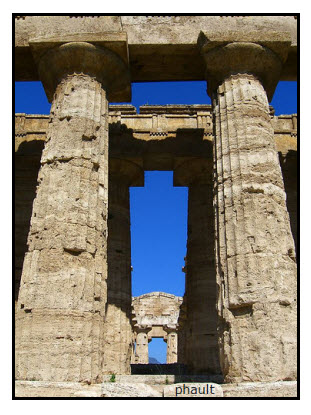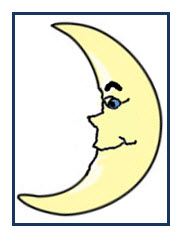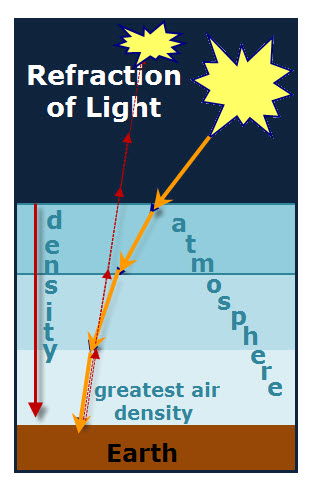A symmetrical figure is an object that can be divided in half and each half is a mirror image of the other. Your hands are mirror image of each other. This means that they are alike but in reverse. Discover for Yourself Place the palms of your hands together. Note how your fingers perfectly fit […]
Archives for 2010
Base I.D.
A base is a chemical that has hydroxide (OH)–, as its negative part, such as NaOH (Na+ and OH–) Some chemicals, such as baking soda (NaHCO3), form a base when mixed with water. A base indicator is a chemical that changes color when added to a base. If the indicator is dry, such as litmus […]
Science Project Experiment Ideas
Astronomy 1. What effect does time have on moon phases? MOON PHASES Clues: For as many days as possible, make observations of the Moon as often as possible. Record the date and time of each observation as well as diagrams showing the appearance of the Moon. Photos would provide more accurate data for comparisons. 2. What […]
Types of Volcanoes
A volcano is the mountain or hill formed by the accumulation of materials erupted through one or more openings in the Earth’s surface. The pipe-like openings that connect the volcano’s crater (depression at the top) to the magma chamber (pool of molten rock deep within the Earth) are called volcanic vents. Volcanoes form because heat […]
Ceres vs Moon
To identify Earth’s Moon, it is generally capitalized. In this activity, the size of the celestial body, Ceres, is compared to the size of the Moon. MAKE A MODEL COMPARING THE SIZE OF CERES TO THE MOON 1.Use a pencil and ruler to make two dots on a 12-inch (30-cm) square piece of poster board […]
Carbon-14 Dating
Question: What happens to the Carbon-14 when plants and animals die? Answer: When organisms containing C-14 die, there is no further intake of Carbon 14, so the Carbon- 14 concentration slowly decreases as individual unstable Carbon- 14 decay back into stable Nitrogen -14 atoms. Question: What does radioactive half-life mean? Answer: Carbon -14 has a […]
Damages of Acid Rain
Acid Rain Damages Vegetation While acid rain affects all plants, trees often show the first signs of damage. Acid rain affects trees directly when it comes in contact with their leaves and bark (this makes tress vulnerable to disease and insects). Indirectly, acid rain affects trees by dissolving nutrients in soil that trees need. The […]
Moon Illusion
Question: Why does the Moon follow us everywhere we go? Answer: Sky watchers from the beginning of time have observed the presence of the Sun and Moon no matter where they travel. Early astronomers’ explanation of this phenomenon was that Earth is flat and has a dome over it. The dome acted as a background […]
Earthshine
Question: What does earthshine mean? Answer: The photo of the Moon at the right shows a lighted crescent shape plus the remaining part of the Moon can barely be seen. This shadowy section of the Moon can be seen because of earthshine, which means a faint light reflected from Earth’s surface lights up the darkened […]
Stellar Scintillation: Twinkling Stars
Science Project Idea Why Do Stars Twinkle? Facts What Do You Want to Find Out? Stars appear to twinkle because star-light refracts as it passes through Earth’s atmosphere. 1. What is light refraction? 2. What causes the star-light to refract? 3. Does the angle of the light affect how it might refract? 4. […]
- « Previous Page
- 1
- …
- 32
- 33
- 34
- 35
- 36
- …
- 54
- Next Page »




